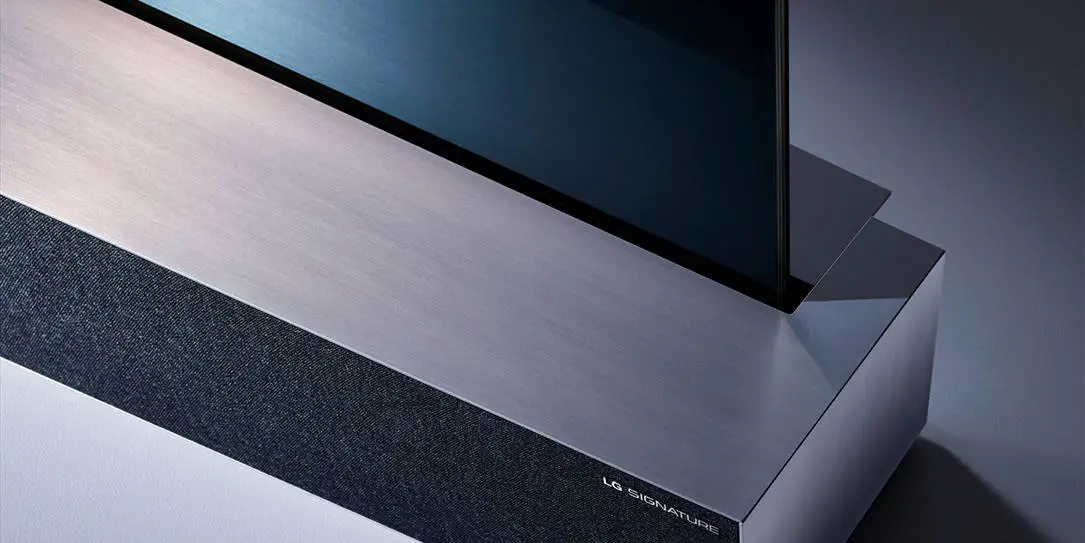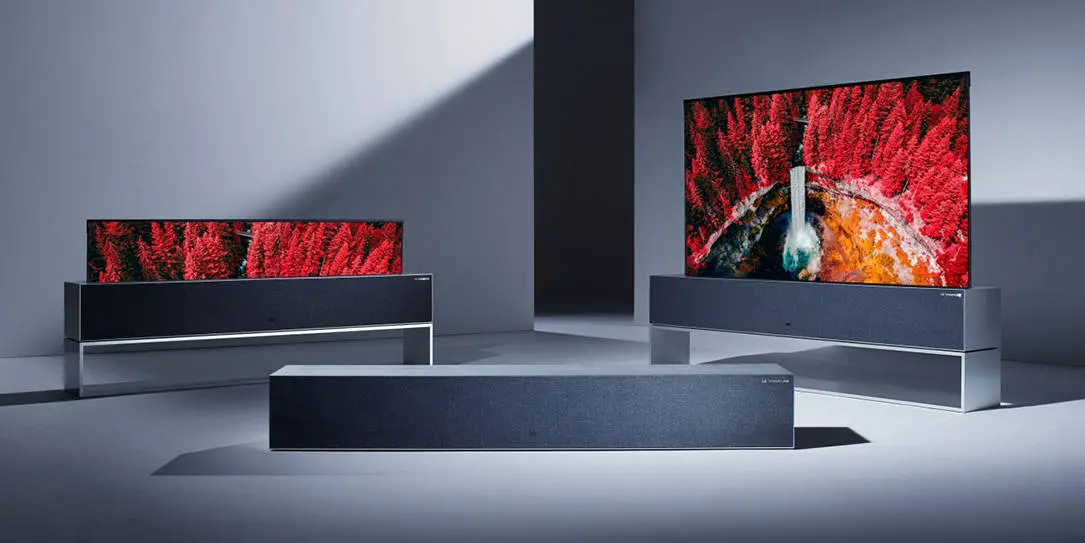Despite the sheer number of digital products that exist today, nearly all of them are designed as some variant of the same basic framework — a black screen fitted into a rectangular frame. From the smallest smartphone to the largest television, all devices conform to this traditional and basic design principle.
Now it seems technology is finally breaking the mold and
LG and Samsung are currently the market leaders in foldable screen innovation. Both companies have unveiled prototypes of these uniquely flexible displays in the past. In fact, Samsung’s screens use a bleeding-edge modification of plastic materials to protect the flexible screens, making them almost unbreakable as well.
LG and Samsung’s innovative new screens managed to capture most of the attention at CES, an event where the world’s most well-known technology firms come to showcase their vision of the future and pitch a journalist about their upcoming products. This indicates the hype cycle for bending and folding screens is just getting started.

In a few years, consumers can expect unlimited data plans for their 5G-enabled smartphones that can be folded into their pocket when not in use. This may allow original equipment manufacturers like LG, Apple, and Samsung to create smartphones and tablets with twice the footprint of current devices without compromising on user comfort and portability.
However, the implications of foldable and bendable displays go way beyond folding smartphones. LG also unveiled the world’s first rollable OLED TV at CES. The LG SIGNATURE OLED TV R (model 65R9) is a 65-inch television that can be entirely rolled into a base that is slightly bigger than the average home soundbar. This means larger TV’s will be more accessible, affordable, and portable in a few years, bringing the big screen home experience to a larger audience.
Other creative applications of this technology are easy to imagine. Digital billboards can be wrapped around the sides of curved buildings, smartwatches can be made of displays that wrap around the user’s arm, and tablets can finally be folded down to pocket-size.
Perhaps these new form-factors could unleash the next wave of consumer tech sales in a global market that now seems saturated and stale.
Last Updated on February 3, 2021.










